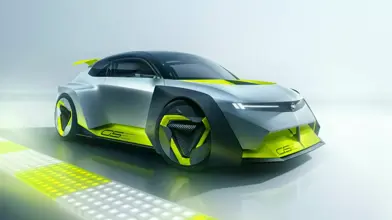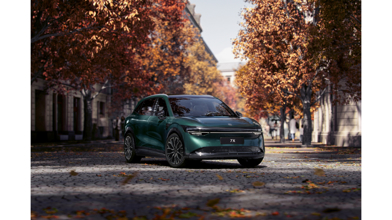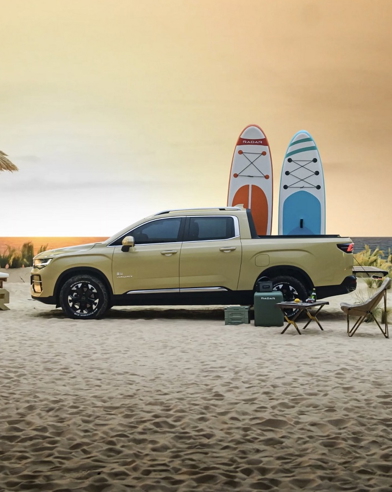Over 80 per cent of EV (electric vehicle) charging is done from the comfort of the home. But easy and convenient as that is, there are a number of good charging practices to ensure both you and your home remain safe throughout the process.
When it comes to EV home charging in NZ, there are essentially two forms available: mode 2 (portable three-pin plug charger) and mode 3 (installed wall-mounted charger). Mode 1 is not really used any more, due in-part to the lack of in-cable control and protection. Regardless of which direction you take, the most important thing to remember is “don’t cut corners” in terms of sourcing and subsequent use.
EV chargers transfer a significant amount of electricity and current and therefore some risk associated with them. NZ has specific safety standards in place for all EV chargers; this includes the portable three-pin plug chargers (mode 2) and installed wall-mounted (mode 3) units, so the first step in considering an EV charger is to make sure yours is compliant.
Be aware that there are unsafe chargers available in NZ (through online purchase or importers), therefore it’s important that any charging equipment you purchase meets NZ guidelines. It’s required that a full supplier declaration of conformity or SDoC is available from a manufacturer or provider, stating that the charger meets NZ safety standards. Ultimately, these standards are in place to minimise the dangers, but it’s worth noting that you have a personal responsibility to reduce your own risk too.
Mode 2 “trickle” chargers (IC-CPD) are the three-pin plug-in portable chargers that often come along with the EV purchase. These simple chargers do include internal RCD protection devices to prevent accidental shock, but still rely on a standard household (AS/NZS 3112) plug for connection to the home’s mains supply, which in turn places more dependence on the integrity of the building’s wiring, electrical outlets, and indeed how they are used.
The power availability to most NZ homes will be 63 amps, with a dedicated circuit for the garage of around 16 amps. Portable chargers can draw up to 8 amps, which would use up about half the circuit, and should your laundry be running in the garage, you could be near the maximum that the circuit can provide, meaning that it could potentially trip. Some homes may only have two RCDs to protect them (older homes may have none), so if one circuit goes down it may take out others, causing power outages to lights or refrigerators.
In addition, it’s important to understand that standard household sockets are not designed to carry high currents over extended periods of time (such as required for overnight EV charging). Therefore, if used as a regular method of charging, their repeated use can also result in increased socket resistance and unwanted heat build-up.
Issues are not confined to the home’s interior either. The convenient plug-in and play ease of a portable charger often has its users regarding them as “just another appliance”, and subsequent misuse can follow. Examples include the charger being used outside in all weathers (or covered inside a makeshift Tupperware box), hooked up to an outlet via cheap extension cables, or an added outlet in a multi power box. These examples may be a testament to Kiwi ingenuity and our “she’ll be right” attitude but have no place around such high current.
Safe charging with a short-term portable charger is certainly achievable but as shown, they are more dependent on the infrastructure of the building and the charging habits that surround them.
When it comes to a more long-term charging solution, mode 3 dedicated wall chargers, provide additional safety features that are built for long term charging purpose. However, they too require forethought, as this also comes with power use and potential convenience issues.
Although mode 3 charging is typically faster and more efficient in charging rate, the significant amount of power it can provide (up to 32 amps for a common 7.4km charger) is being pulled from the mains (not an individual circuit), so if you’re going to be using a lot of appliances (laundry, heat pump, spa pool) while charging, you could get close to the maximum (63 amp) house power available.
To combat the above, some “smart” chargers have a home overload protection system that monitors the house’s energy usage and will fluctuate the charger’s charging rate, lowering it if there is a risk of the home getting too close to its maximum consumption limit and tripping the main circuit or blowing a pole fuse - a costly fix.
Lastly, the mode 3 chargers can have residual DC current detection (if not in the charger, one needs to be in the switchboard, which is more expensive). In case of a charging fault on the vehicle side, there is the possibility of DC current flowing back to the switchboard which could “blind” the RCD system, causing unwanted safety issues for the home.
In conclusion, don’t take shortcuts, plan ahead before considering an EV. Think about your charging situation at home, where and how it will draw its power. For mode 2 charging, where is the plug you’re going to charge from? Or for mode 3, where is your switchboard (the installation is cheaper the closer it is to the switchboard)? It’s even worth considering where the plug is located on your EV - what side?
Don’t get your EV home before figuring out how you’ll charge it.




